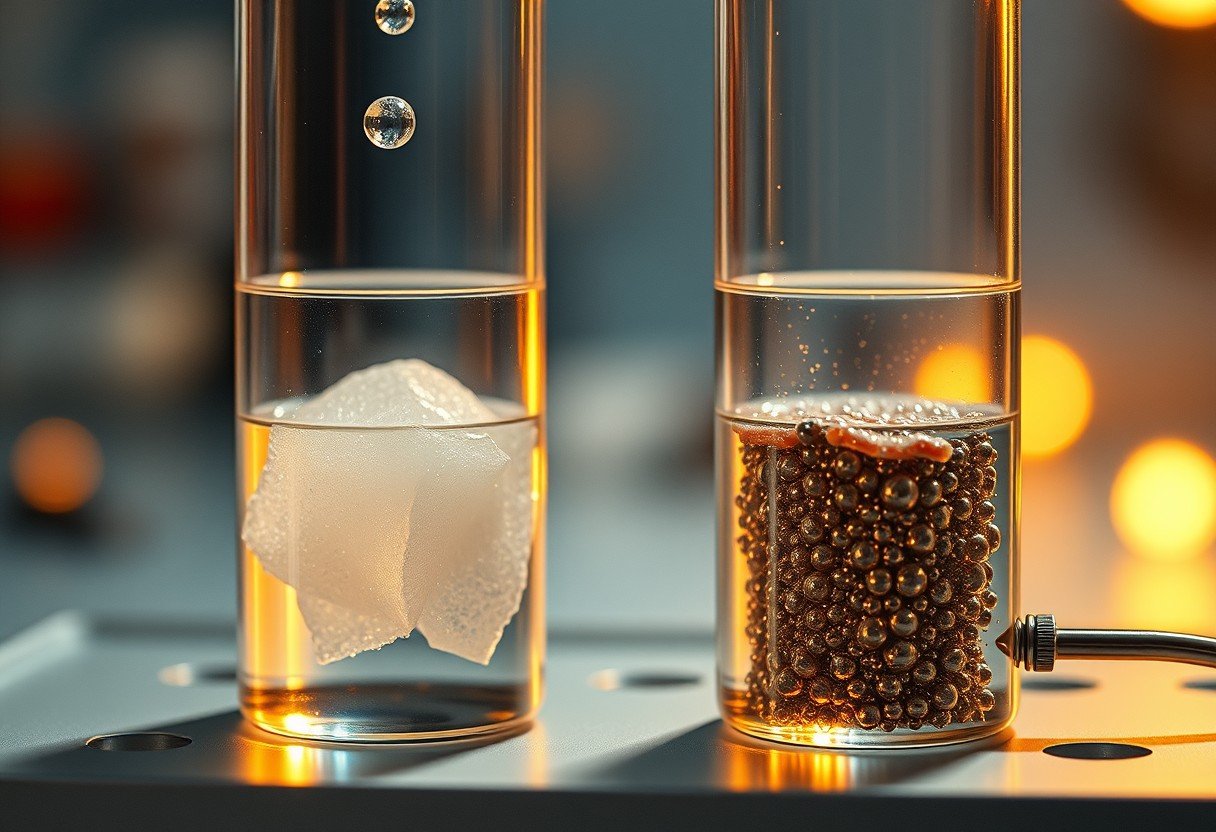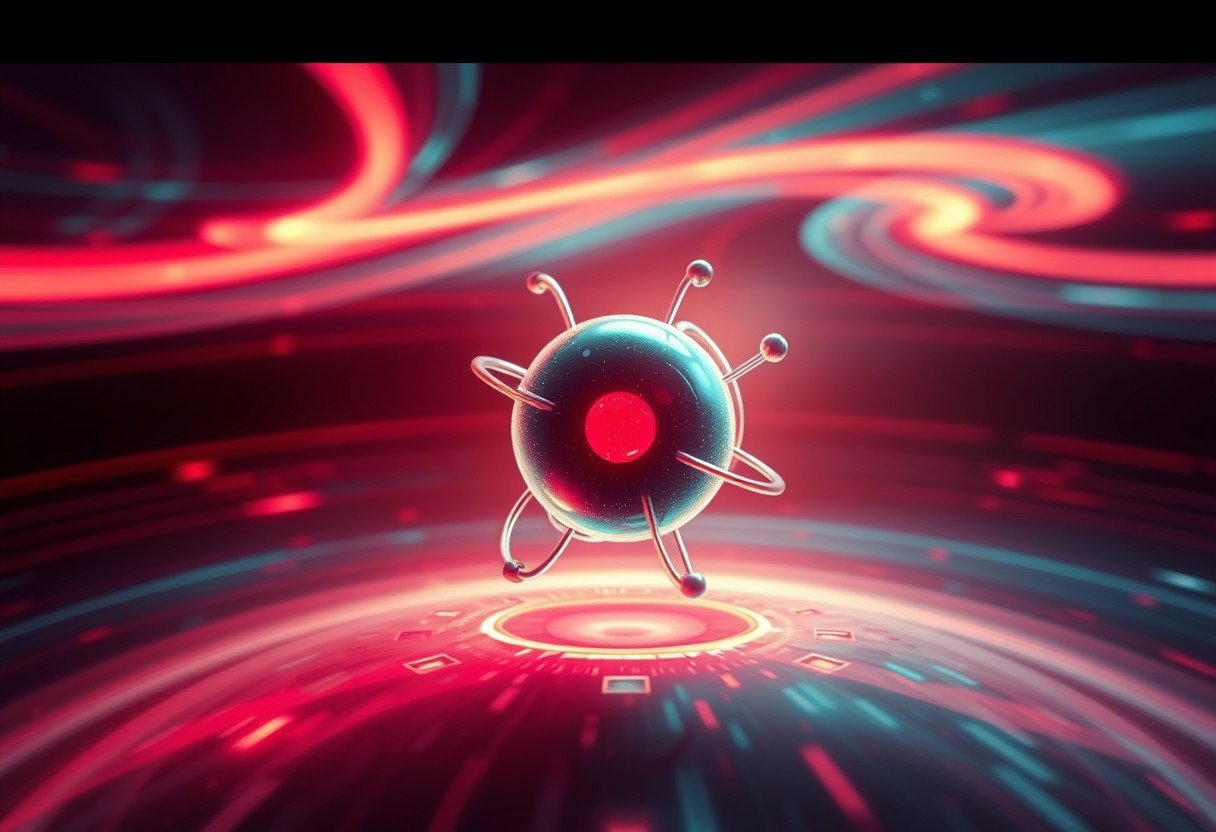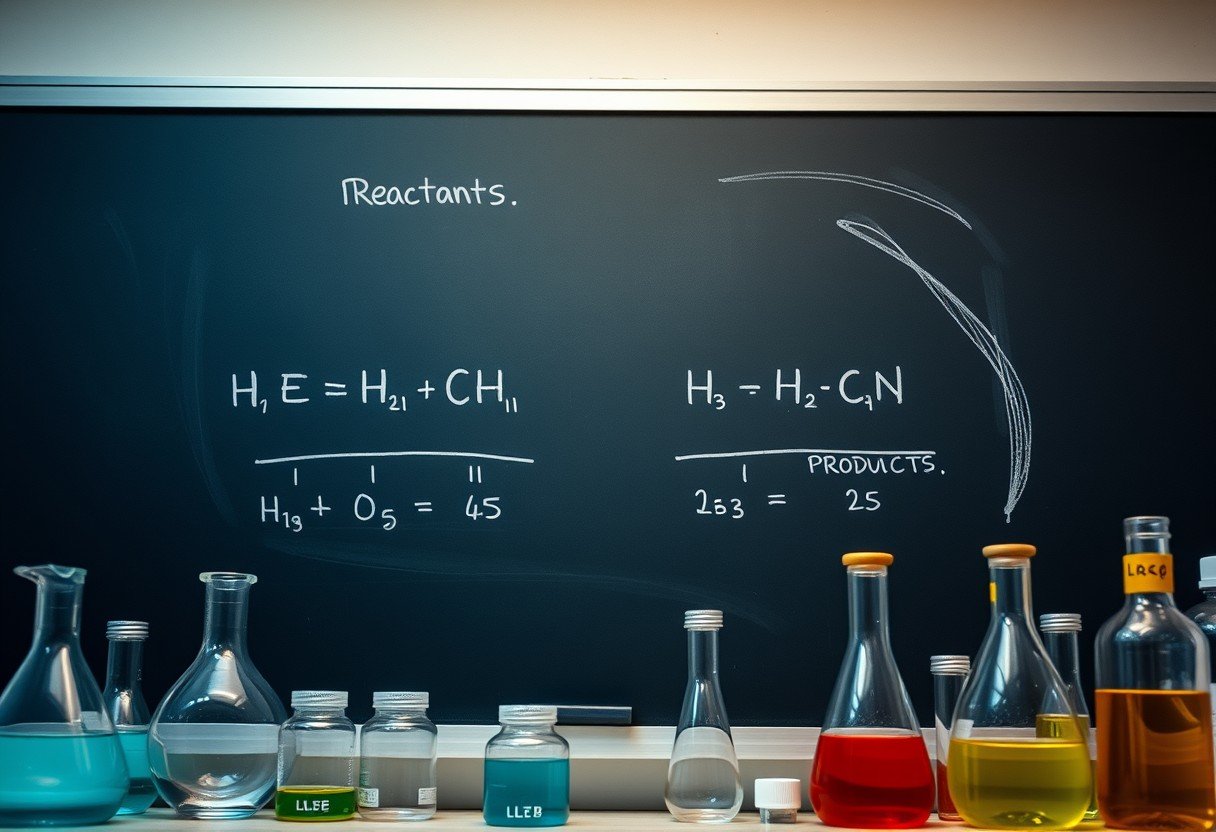When an electric current passes through a water-based solution containing sodium bromide (NaBr) and silver fluoride (AgF), a fascinating chemical process called electrolysis begins. This process uses electricity to force a chemical reaction, splitting the compounds into different substances at two electrodes: the anode and the cathode. Understanding what is produced at each electrode helps reveal the fundamental principles of electrochemistry and how different salts behave under these conditions.
Understanding the Basics of Electrolysis in Water
Electrolysis is a method that uses a direct electric current (DC) to drive an otherwise non-spontaneous chemical reaction. In an aqueous, or water-based, solution, the water itself can participate in the reactions, making the process a competition between the dissolved ions and water molecules.
The solution contains several types of ions from the dissolved salts: sodium (Na⁺), bromide (Br⁻), silver (Ag⁺), and fluoride (F⁻). Water also provides a small number of hydrogen (H⁺) and hydroxide (OH⁻) ions. When electricity is applied, the positive ions (cations) move to the negative electrode (cathode), and the negative ions (anions) move to the a positive electrode (anode).
At each electrode, the ion or molecule that is easiest to react will be the one that undergoes a chemical change. This is determined by their respective positions in the electrochemical series, which ranks substances by their tendency to be oxidized or reduced.
What Forms at the Cathode (Negative Electrode)?
The cathode is where reduction occurs, meaning chemical species gain electrons. In our solution, the positive ions (Na⁺ and Ag⁺) and water molecules are all competing to be reduced.
When comparing the options, silver ions (Ag⁺) are much easier to reduce than both sodium ions (Na⁺) and water. Therefore, the silver ions will gain electrons and deposit as solid silver metal on the surface of the cathode.
The reaction is: Ag⁺ + e⁻ → Ag(s)
You would observe a layer of shiny silver metal forming on the cathode as the electrolysis proceeds. Even though sodium ions are present, they are very difficult to reduce in water, so solid silver is the primary product here. If the electrolysis continued after all the silver ions were used up, the reduction of water to form hydrogen gas would begin.
What Is Produced at the Anode (Positive Electrode)?
The anode is where oxidation happens, a process where chemical species lose electrons. Here, the negative ions (Br⁻ and F⁻) and water molecules compete. The substance that is most easily oxidized will react.
In this competition, bromide ions (Br⁻) are oxidized more readily than water or fluoride ions (F⁻). As a result, bromide ions lose electrons to form bromine, which appears as a brownish gas or liquid.
The reaction is: 2Br⁻ → Br₂(g) + 2e⁻
While fluoride ions are present from the AgF, they are extremely difficult to oxidize. According to the provided context, if fluoride ions were to be oxidized, they would form fluorine gas (F₂). However, the oxidation of bromide is the more favorable reaction in this mixed solution.
A Side-by-Side Comparison of the Products
To simplify, let’s look at what would happen if we electrolyzed each salt separately in an aqueous solution. This helps clarify which ions are responsible for each product. The presence of both salts in one solution means the easiest reactions from each category will occur.
| Electrolysis of | Product at Cathode (Reduction) | Product at Anode (Oxidation) |
| Aqueous NaBr | Hydrogen gas (H₂) from water | Bromine gas (Br₂) |
| Aqueous AgF | Silver metal (Ag) | Fluorine gas (F₂) |
In our mixed solution, the easiest reduction is silver deposition, and the easiest oxidation is bromine formation. Therefore, you get the “best” of both worlds.
Key Factors That Can Change the Outcome
While the standard electrochemical series gives us a good prediction, the results of electrolysis can be influenced by several factors. Controlling these variables is crucial for obtaining the desired products efficiently in industrial or laboratory settings.
The conditions of the experiment can sometimes alter which reaction is favored. For example, a very high concentration of one ion might cause it to react even if it’s not the easiest on paper.
Several elements come into play:
- Concentration of Solutes: Higher concentrations of ions increase the chance they will reach an electrode and react. If the concentration of Ag⁺ is very low, hydrogen gas might start to form at the cathode alongside the silver.
- Applied Voltage: The voltage must be high enough to overcome the energy barrier for the reactions to start. Applying an excessively high voltage can cause unwanted side reactions to occur, such as the decomposition of water at both electrodes.
- Electrode Material: Sometimes, the material of the anode or cathode can be reactive and participate in the reaction instead of just acting as a surface. Using inert electrodes like platinum or graphite is common to prevent this.
By carefully managing these factors, chemists can control the products of electrolysis with a high degree of precision.
Frequently Asked Questions
What are the primary products in the electrolysis of a mixed NaBr and AgF solution?
In an aqueous solution containing both NaBr and AgF, the primary product at the cathode (negative electrode) is solid silver (Ag). At the anode (positive electrode), the main product is bromine gas (Br₂).
Why is silver metal produced instead of hydrogen gas at the cathode?
Silver metal is produced because silver ions (Ag⁺) have a higher reduction potential, meaning they are much easier to reduce than water molecules or sodium ions (Na⁺). The reaction that requires the least energy will happen first.
Why is bromine gas produced at the anode instead of fluorine or oxygen?
Bromide ions (Br⁻) are easier to oxidize (lose electrons) than both water molecules and fluoride ions (F⁻). Fluoride is one of the most difficult ions to oxidize, so the bromide ions react preferentially to form bromine gas.
What happens to the sodium (Na⁺) and fluoride (F⁻) ions?
The sodium and fluoride ions generally remain in the solution as spectator ions. They are not easily reduced or oxidized under these conditions compared to the other species present, so they do not participate directly in the electrode reactions.
Does the concentration of the salts matter?
Yes, concentration is an important factor. If the concentration of silver ions becomes very depleted, the reduction of water to form hydrogen gas may begin at the cathode. Similarly, relative concentrations of halide ions can influence reactions at the anode.









Leave a Comment